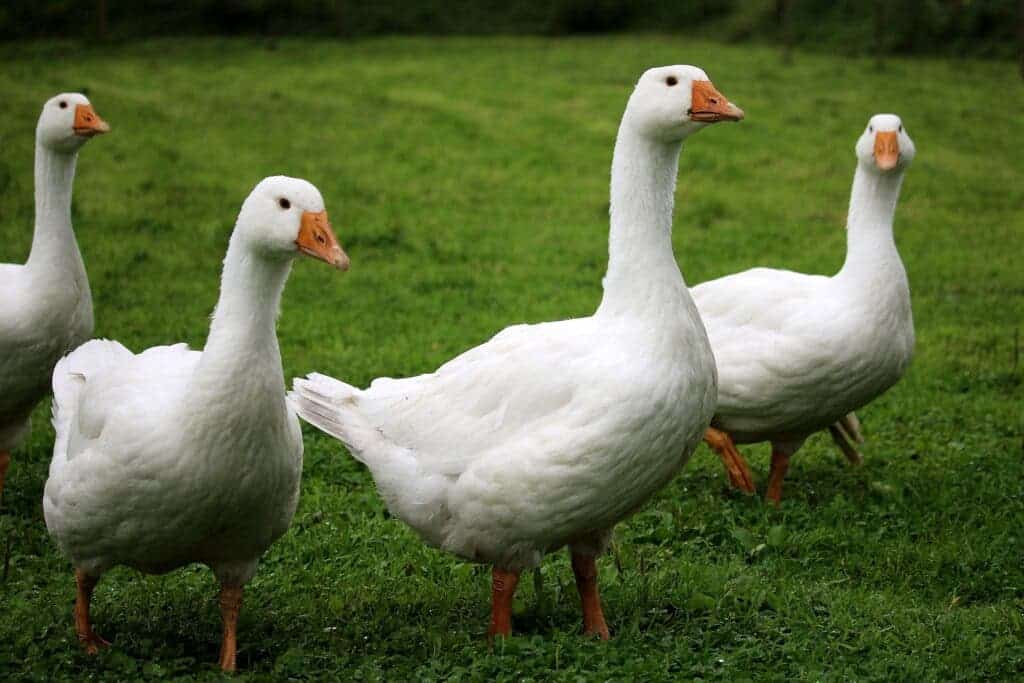
Although humans make up only a tiny fraction of all life on the planet, our impact upon diversity and wildlife has been enormous. By some accounts, human activity is responsible for the loss of 80% of all wild animals and about 50% of all plants. Much of this loss was necessary to make way for farmed livestock for human consumption.
Just consider this fact: 70% of all birds on Earth are chickens and other poultry, whereas wild birds comprise a meager 30%. Were an alien archaeologist to visit our planet after humans went extinct, they would surely be staggered by the abundance of chicken fossils.
But before we became hooked on chicken eggs and hot wings, we most likely first started with geese.
Japanese archaeologists performing excavations at Tianluoshan, a Stone Age site dated between 7,000 and 5,500 years ago in China, found extensive evidence of goose domestication. They claim this is the earliest evidence of bird domestication reported thus far.
The team identified 232 goose bones, which paint a convincing picture that Tianluoshan may be the cradle of modern poultry.
First and foremost, the researchers performed radiocarbon dating on the bones themselves, rather than the sediments which covered the remains. This lends confidence that the goose bones are really as old as 7,000 years.
At least four bones belonged to juveniles no older than 16 weeks. This shows that they must have hatched at the site because it would have been impossible for them to fly in from somewhere else at their age. This is likely the case for the adult geese found there as well, given that wild geese don’t breed in the area today and probably didn’t 7,000 years ago either.
But, to be sure, the team led by Masaki Eda at Hokkaido University Museum in Sapporo, Japan, thoroughly broke down the chemical makeup of the ancient bones, showing the water they drank was local. The strikingly uniform size of the bred geese is also very indicative of captive breeding.
Although not by any means definitive, all of these lines of evidence converge to the same conclusion: geese were probably the first birds humans have domesticated, and this happened more than 7,000 years ago in China.
New Scientist reports that other studies have claimed that chickens were the first domesticated birds, as early as 10,000 years ago, also in avian-loving northern China. But the evidence, in this case, has proven contentious. Genetic analysis suggests chickens were domesticated from wild birds called red junglefowl, but these birds do not live that far north. Furthermore, the chicken bones weren’t directly dated. The firmest evidence of chicken domestication only appeared 5,000 years ago.
While most domestication research has focused on dogs and cattle, it’s refreshing to see new perspectives on the evolutionary history of poultry, upon which our food security depends so much.


